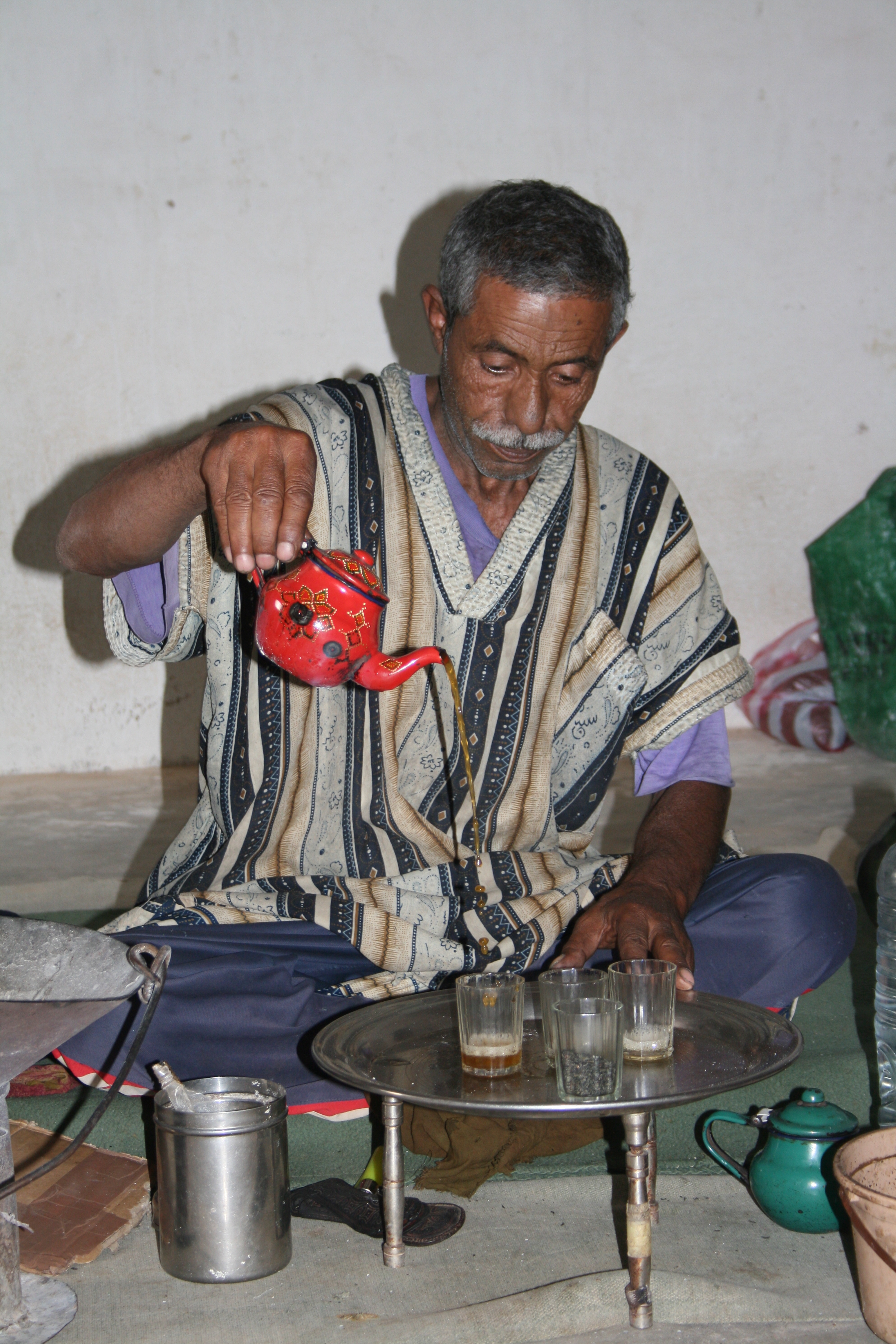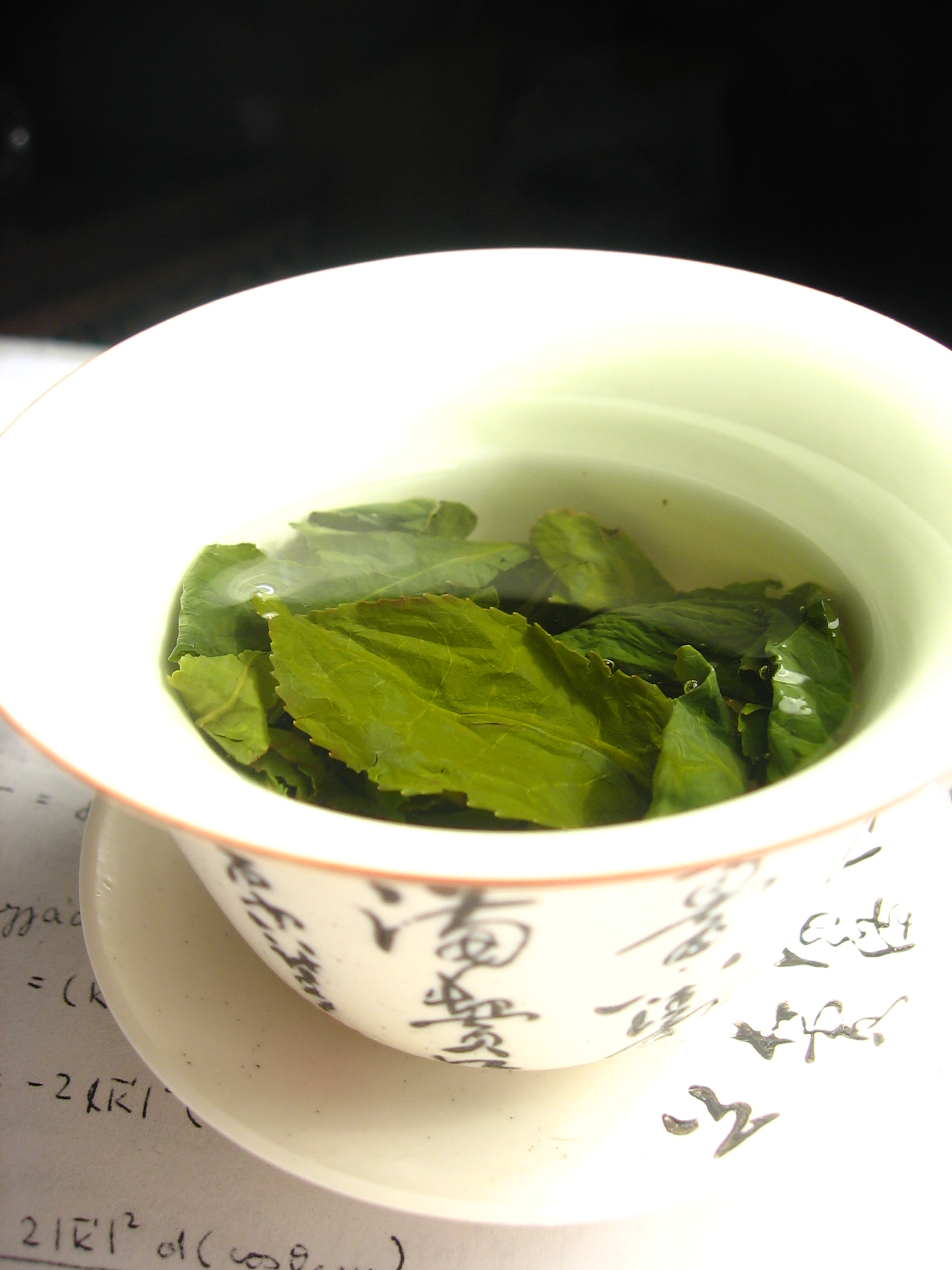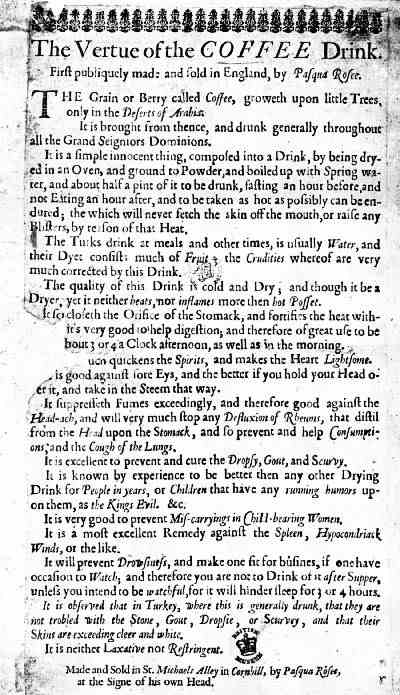|
Infuse
Infusion is the process of extracting chemical compounds or flavors from plant material in a solvent such as water, edible oil, oil or Ethanol, alcohol, by allowing the material to remain suspended in the solvent over time (a process often called steeping). An infusion is also the name for the resultant liquid. The process of infusion is distinct from both decoction—a method of extraction involving boiling the plant material—and percolation, in which water is passed through the material (as in a coffeemaker). History The first recorded use of essential oils was in the 10th or 11th century by the Persian people, Persian polymath Avicenna, possibly in ''The Canon of Medicine''. Tea is far older than this, dating back to the 10th century BC as the earliest recorded reference. Preparation techniques Infusion is a chemical process that uses botanicals (typically dried herbs, flowers or berries) that are volatile and release their active ingredients readily in water, oil, or alc ... [...More Info...] [...Related Items...] OR: [Wikipedia] [Google] [Baidu] |
Mate (drink)
or maté () also known as or , is a traditional South American caffeine-rich infused drink. It is made by soaking dried leaves of the yerba mate (''Ilex paraguariensis''), in hot water and is served with a metal straw in a container typically made from a calabash gourd (the ''mate'' proper), but also in some areas made from a cattle horn (''guampa''). was consumed by the Guaraní and Tupí peoples. It has been drunk in South America since before the arrival of Europeans. Its consumption was exclusive to the natives of Paraguay, more specifically the departments of Amambay and Alto Paraná. Some ethnic groups that consumed it are the Avá, the Mbyá and the Kaiowa, and also, to a lesser extent, other ethnic groups that carried out trade with them, such as the ñandevá, the Taluhet (ancient pampas) and the Qom people (Tobas). It is the national beverage of Argentina, Paraguay and Uruguay and is also consumed in the Bolivian Chaco, Northern and Southern Chile, southern ... [...More Info...] [...Related Items...] OR: [Wikipedia] [Google] [Baidu] |
Moroccan Mint Tea
Maghrebi mint tea (Maghrebi Arabic: , ''atay''; ar, الشاي بالنعناع, aš-šhāy bin-na'nā'; ), also known as Moroccan mint tea and Algerian mint tea, is a North African green tea prepared with spearmint leaves and sugar. It is traditional to the Greater Maghreb region (the northwest African countries of Morocco, Algeria, Tunisia, Libya, and Mauritania). Its consumption has spread throughout North Africa, parts of the Sahel, France, Spain, the Arab world, and Middle East. Mint tea is central to social life in the Maghreb. and is very popular among the Tuareg people of Algeria, Libya, Niger and Mali. The serving can take a ceremonial form, especially when prepared for a guest. The tea is traditionally made by the head male in the family and offered to guests as a sign of hospitality. Typically, at least three glasses of tea are served. The tea is consumed throughout the day as a social activity. The native spearmint ''naʿnāʿ'' () possesses a clear, pungent, mild ... [...More Info...] [...Related Items...] OR: [Wikipedia] [Google] [Baidu] |
French Press
A French press, also known as a cafetière, ''cafetière à piston'', ''caffettiera a stantuffo'', press pot, coffee press, or coffee plunger, is a coffee brewing device, although it can also be used for other tasks. In 1923 Ugo Paolini, an Italian, filed patent documents relating to a tomato juice separator and he developed the idea of making a coffee pot with a press action and a filter. He assigned his 1928 patent to Italian designer Attilio Calimani and Giulio Moneta who filed it in 1929. Nomenclature In English, the device is known in North America as a ''French press'' or ''coffee press''; in Britain and Ireland as a ''cafetière''; in New Zealand, Australia, and South Africa as a ''coffee plunger'', and coffee brewed in it as ''plunger coffee''. In Italian, it is known as a ; in German as a ' ("stamp pot") or ' ("coffee press"); in French as ', or simply as ' (also the usage in Dutch), though some speakers might also use genericized trademarks, such as Melior or Bodum. ... [...More Info...] [...Related Items...] OR: [Wikipedia] [Google] [Baidu] |
Chinese Tea
Tea is a beverage made from the leaves of tea plants ('' Camellia sinensis'') and boiled water. Tea leaves are processed using traditional Chinese methods. Chinese tea is consumed throughout the day, including during meals, as a substitute for plain water, well-being or for simple pleasure. If medicine and tea are combined, people can also drink tea to cure diseases. History The practice of drinking tea has a long history in China, having originated there. Although tea originated in China, during the Tang Dynasty, Chinese tea generally represents tea leaves which have been processed using methods inherited from ancient China. According to legend, tea was discovered by Chinese Emperor Shen Nong in 2737 BC when a leaf from a nearby shrub fell into water the emperor was boiling. Tea is deeply woven into the history and culture of China. The beverage is considered one of the seven necessities of Chinese life, along with firewood, rice, oil, salt, soy sauce and vinegar. Chi ... [...More Info...] [...Related Items...] OR: [Wikipedia] [Google] [Baidu] |
Sesame
Sesame ( or ; ''Sesamum indicum'') is a flowering plant in the genus ''Sesamum'', also called benne. Numerous wild relatives occur in Africa and a smaller number in India. It is widely naturalized in tropical regions around the world and is cultivated for its edible seeds, which grow in pods. World production in 2018 was , with Sudan, Myanmar, and India as the largest producers. Sesame seed is one of the oldest oilseed crops known, domesticated well over 3,000 years ago. ''Sesamum'' has many other species, most being wild and native to sub-Saharan Africa. ''S. indicum,'' the cultivated type, originated in India. It tolerates drought conditions well, growing where other crops fail. Sesame has one of the highest oil contents of any seed. With a rich, nutty flavor, it is a common ingredient in cuisines around the world. Like other foods, it can trigger allergic reactions in some people. Etymology The word "sesame" is from Latin ''sesamum'' and Greek σήσαμον : ''sēsamon ... [...More Info...] [...Related Items...] OR: [Wikipedia] [Google] [Baidu] |
Rooibos
Rooibos ( ; , meaning "red bush"), or ''Aspalathus linearis'', is a broom (shrub), broom-like member of the plant family Fabaceae that grows in South Africa's fynbos biome. The leaves are used to make a herbal tea that is called rooibos (especially in Southern Africa), bush tea, red tea, or redbush tea (predominantly in Great Britain). The tea has been popular in Southern Africa for generations, and since the 2000s has gained popularity internationally. The tea has an earthy flavour that is similar to yerba mate or tobacco. Rooibos was formerly classified as ''Psoralea'' but is now thought to be part of ''Aspalathus'' following Rolf Dahlgren, Dahlgren (1980). The specific name (botany), specific name of ''linearis'' was given by Nicolaas Laurens Burman, Burman (1759) for the plant's linear growing structure and needle-like leaves. Production and processing Rooibos is usually grown in the Cederberg, a small mountainous area in the West Coast District Municipality, West ... [...More Info...] [...Related Items...] OR: [Wikipedia] [Google] [Baidu] |
Coffee
Coffee is a drink prepared from roasted coffee beans. Darkly colored, bitter, and slightly acidic, coffee has a stimulant, stimulating effect on humans, primarily due to its caffeine content. It is the most popular hot drink in the world. Seeds of the ''Coffea'' plant's fruits are separated to produce unroasted green coffee beans. The beans are Coffee roasting, roasted and then ground into fine particles that are typically steeped in hot water before being filtered out, producing a cup of coffee. It is usually served hot, although chilled or iced coffee is common. Coffee can be prepared and presented in a variety of ways (e.g., espresso, French press, caffè latte, or already-brewed canned coffee). Sugar, sugar substitutes, milk, and cream are often used to mask the bitter taste or enhance the flavor. Though coffee is now a global commodity, it has a History of coffee, long history tied closely to food traditions around the Red Sea. The earliest credible evidence of coffee d ... [...More Info...] [...Related Items...] OR: [Wikipedia] [Google] [Baidu] |
Coffee
Coffee is a drink prepared from roasted coffee beans. Darkly colored, bitter, and slightly acidic, coffee has a stimulant, stimulating effect on humans, primarily due to its caffeine content. It is the most popular hot drink in the world. Seeds of the ''Coffea'' plant's fruits are separated to produce unroasted green coffee beans. The beans are Coffee roasting, roasted and then ground into fine particles that are typically steeped in hot water before being filtered out, producing a cup of coffee. It is usually served hot, although chilled or iced coffee is common. Coffee can be prepared and presented in a variety of ways (e.g., espresso, French press, caffè latte, or already-brewed canned coffee). Sugar, sugar substitutes, milk, and cream are often used to mask the bitter taste or enhance the flavor. Though coffee is now a global commodity, it has a History of coffee, long history tied closely to food traditions around the Red Sea. The earliest credible evidence of coffee d ... [...More Info...] [...Related Items...] OR: [Wikipedia] [Google] [Baidu] |
Vinegar
Vinegar is an aqueous solution of acetic acid and trace compounds that may include flavorings. Vinegar typically contains 5–8% acetic acid by volume. Usually, the acetic acid is produced by a double fermentation, converting simple sugars to ethanol using yeast, and ethanol to acetic acid by acetic acid bacteria. Many types of vinegar are available, depending on source materials. It is now mainly used in the culinary arts as a flavorful, acidic cooking ingredient, or in pickling. Various types are used as condiments or garnishes, including balsamic vinegar and malt vinegar. As the most easily manufactured mild acid, it has a wide variety of industrial and domestic uses, including use as a household cleaner. Etymology The word "vinegar" arrived in Middle English from Old French (''vyn egre''; sour wine), which in turn derives from Latin: ''vinum'' (wine) + ''acer'' (sour). Chemistry The conversion of ethanol (CH3CH2OH) and oxygen (O2) to acetic acid (CH3COOH) takes plac ... [...More Info...] [...Related Items...] OR: [Wikipedia] [Google] [Baidu] |
Steeping
Steeping is the soaking of an organic solid, such as leaves, in a liquid (usually water) to extract flavours or to soften it. The specific process of teas being prepared for drinking by leaving the leaves in heated water to release the flavour and nutrients is known as steeping. Herbal teas may be prepared by decoction, infusion, or maceration. Some solids are soaked to remove an ingredient, such as salt, where the solute is not the desired product. Corn One example is the steeping of corn (or maize), part of the milling process. As described by the US Corn Refiners Association, harvested kernels of corn are cleaned and then steeped in water at a temperature of for 30 to 40 hours. In the process their moisture content rises from 15% to 45% and their volume more than doubles. The gluten bonds in the corn are weakened and starch is released. The corn is then ground to break free the germ and other components, and the water used (steepwater), which has absorbed various nutrient ... [...More Info...] [...Related Items...] OR: [Wikipedia] [Google] [Baidu] |
Sesame Oil
Sesame oil is an edible vegetable oil derived from sesame seeds. The oil is one of the earliest-known crop-based oils. Worldwide mass modern production is limited due to the inefficient manual harvesting process required to extract the oil. Oil made from raw seeds, which may or may not be cold-pressed, is used as a cooking oil. Oil made from toasted seeds is used for its distinctive nutty aroma and taste, although it may be unsuitable for frying, which makes it taste burnt and bitter. Composition Sesame oil is composed of the following fatty acids: linoleic acid (41% of total), oleic acid (39%), palmitic acid (8%), stearic acid (5%) and others in small amounts. History Historically, sesame was cultivated more than 5000 years ago as a drought-tolerant crop which was able to grow where other crops failed. Sesame seeds were one of the first crops processed for oil as well as one of the earliest condiments. Sesame was cultivated during the Indus Valley civilization and was t ... [...More Info...] [...Related Items...] OR: [Wikipedia] [Google] [Baidu] |


.jpg)


.jpg)



